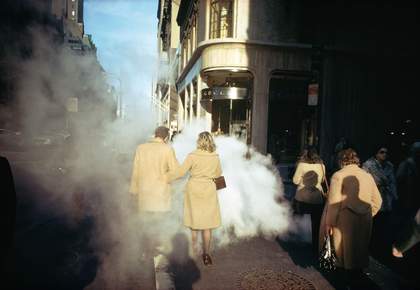
Joel Meyerowitz, New York City, 1975
Joel Meyerowitz
This display explores Meyerowitz’s innovations in colour photography as he records the streets and landscapes of New York City and beyond
It’s as if the symphony of the street is truly engaged in the mind of someone who is photographing in colour.
Joel Meyerowitz
Inspired by the Swiss photographer Robert Frank, Joel Meyerowitz quit his job at an advertising agency in 1962 and started making photographs in the streets of New York City. Most photographers shot in black and white, but Meyerowitz chose to use colour film. He was one of the first artists to do so, which later led to the acceptance of colour photography as an art medium.
In the tradition of the ‘flâneur’ (a street observer who wanders without a specific purpose), Meyerowitz photographed the world around him with a borrowed 35mm camera. Later he also began to shoot in black and white, which could more easily be processed into prints. Colour slides had to be projected onto the wall. He says: ‘when you have prints in your hands you can study the relationships between them.’ But his view remained that ‘colour plays itself out along a richer band of feelings – more wavelengths, more radiance, more sensation’. In A Question of Color, Meyerowitz pairs black-and-white and colour prints of nearly the same scene to demonstrate this point.
Finding limitations when capturing details with 35mm colour film, in 1976 Meyerowitz began to use a large format Deardorff view camera. Working in this new way, he combined the spontaneity of street photography with a slower, more meditative approach. He says it was like ‘moving from jazz to classical music’. Displayed here are his images of the luminous light of Cape Cod, Massachusetts, and the devastated site of Ground Zero, New York.
In his 60 years of photography, Meyerowitz has constantly reinvented many aspects of the medium, while always staying true to the humanism of his vision.
Tate Modern
Natalie Bell Building Level 2 West
Room 11
20 November 2023 – 16 March 2025
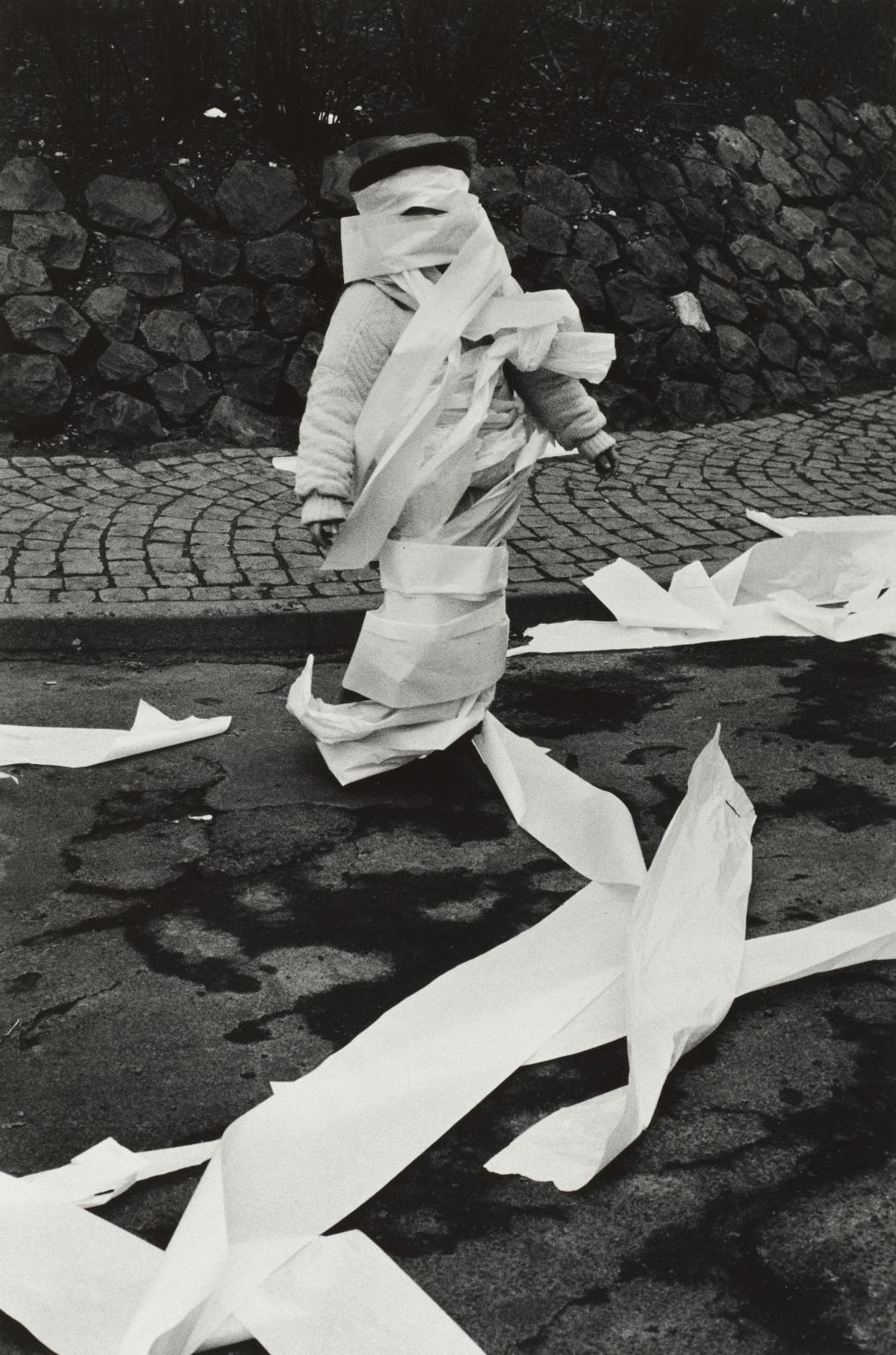
Josef Koudelka, Germany 1979
This work is from Josef Koudelka’s Exiles, a series of black and white photographs taken primarily during the 1970s while Koudelka was based in the United Kingdom. After leaving Czechoslovakia and being granted asylum to stay in Britain in 1970, Koudelka travelled and photographed continuously, domestically and in Europe (Portugal, Spain, France, Ireland, Germany and Switzerland), adopting a routine of following annual folk festivals from early spring to late autumn, then printing during the winter months in London. He commented on the condition of being in exile:
1/21
artworks in Joel Meyerowitz
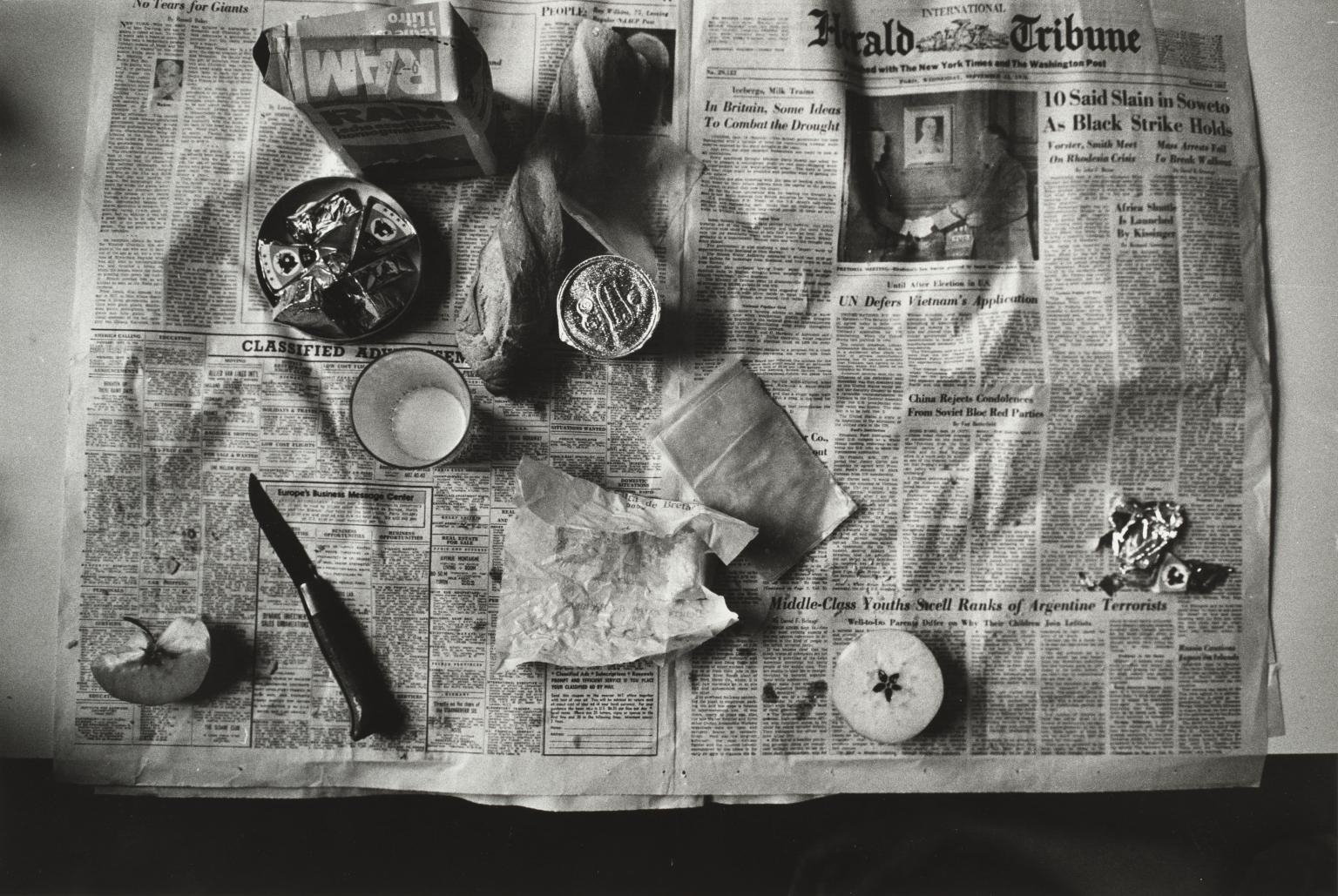
Josef Koudelka, France 1976
This work is from Josef Koudelka’s Exiles, a series of black and white photographs taken primarily during the 1970s while Koudelka was based in the United Kingdom. After leaving Czechoslovakia and being granted asylum to stay in Britain in 1970, Koudelka travelled and photographed continuously, domestically and in Europe (Portugal, Spain, France, Ireland, Germany and Switzerland), adopting a routine of following annual folk festivals from early spring to late autumn, then printing during the winter months in London. He commented on the condition of being in exile:
2/21
artworks in Joel Meyerowitz
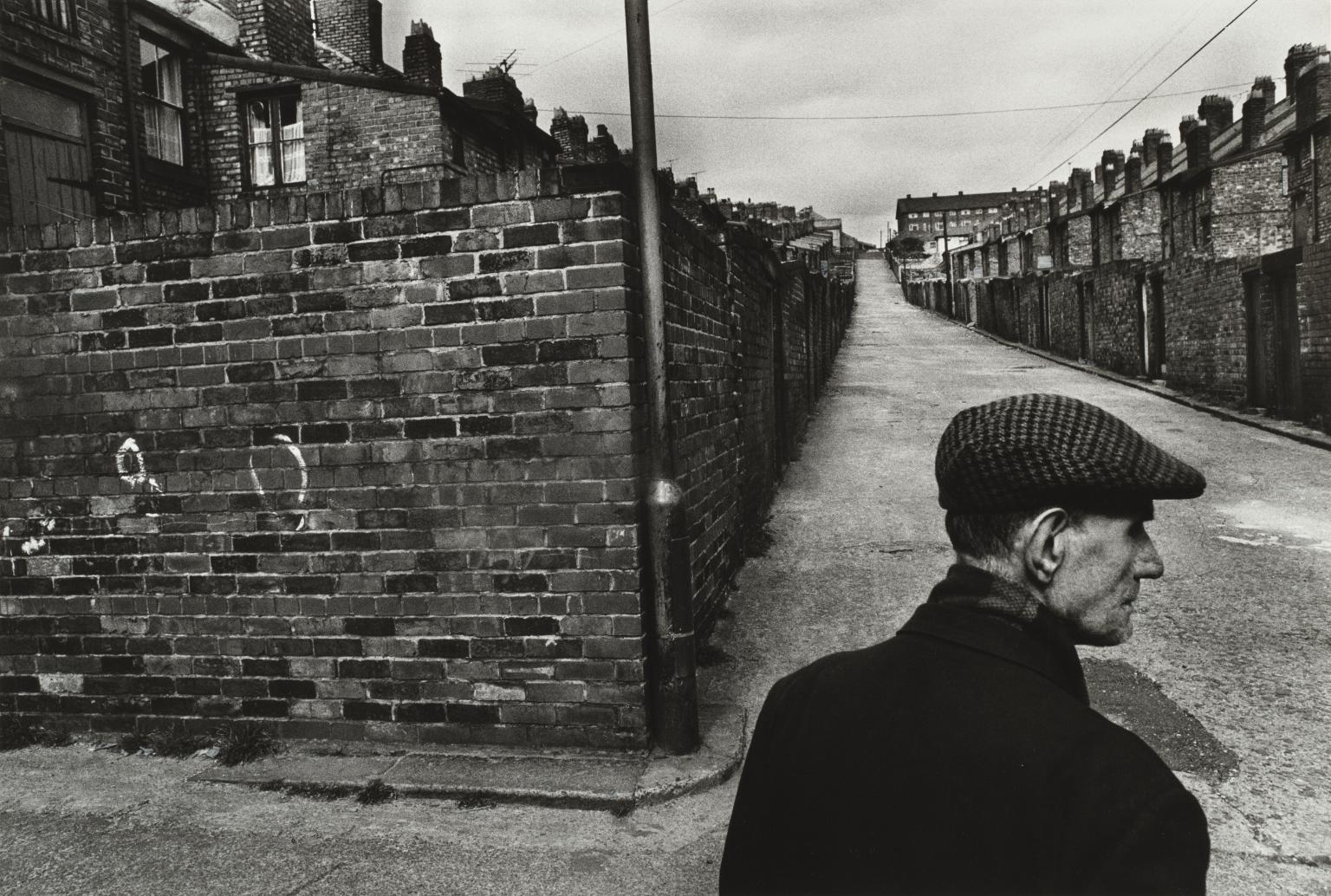
Josef Koudelka, England 1976
In Exiles, Josef Koudelka documents his travels across Europe after fleeing Czechoslovakia in 1970. He remained stateless until 1987 when he received French citizenship. This time in his life was characterised by a desire for freedom and a constant state of restlessness. According to Koudelka, he never stayed anywhere longer than three months. Exiles reflects his sense of displacement and discovery of both himself and his surroundings. His photographs of desolate landscapes, abandoned urban scenes and solitary moments show his understanding of complex composition and tone.
Gallery label, March 2025
3/21
artworks in Joel Meyerowitz
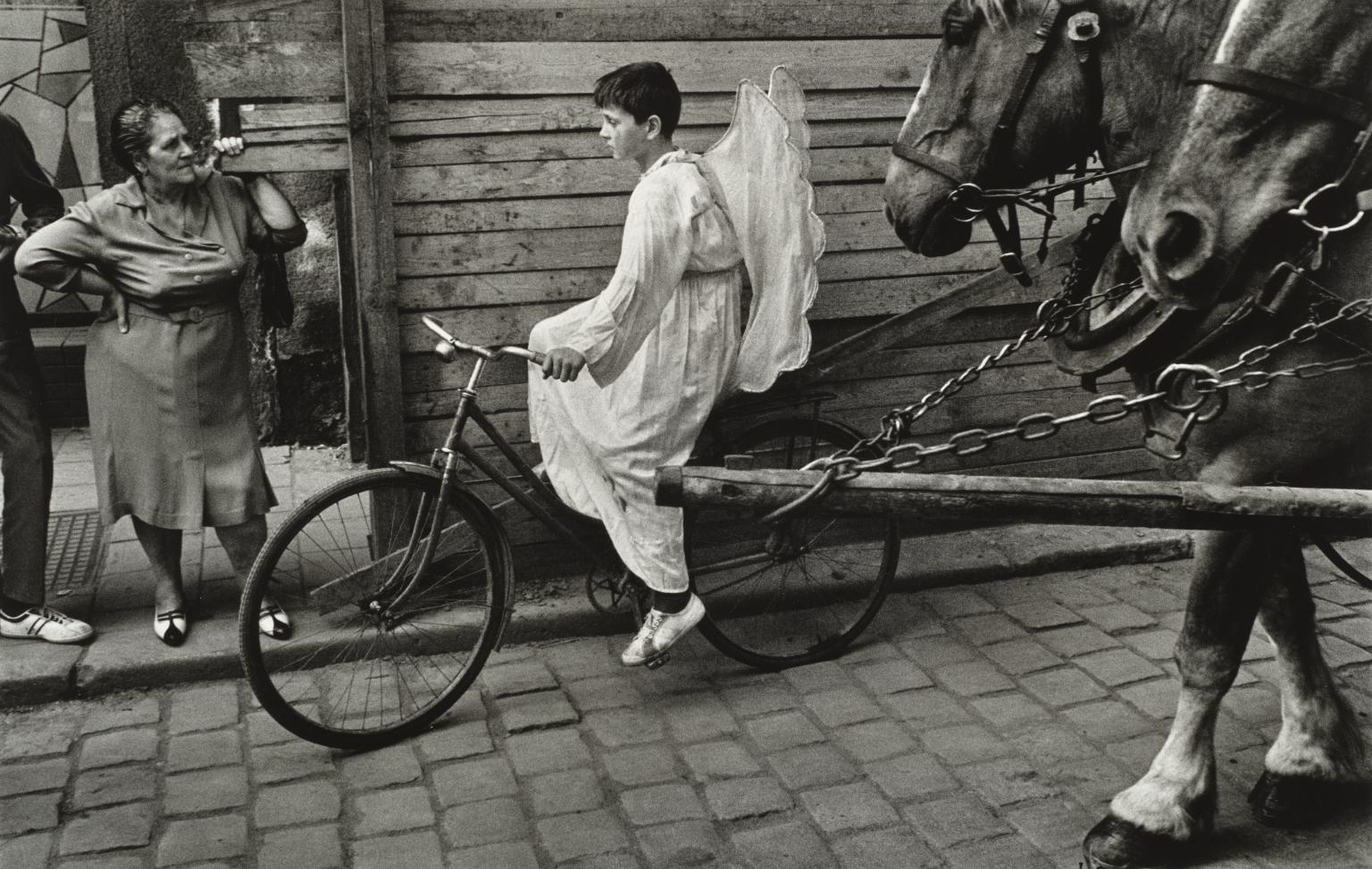
Josef Koudelka, Czechoslovakia 1968
This work is from Josef Koudelka’s Exiles, a series of black and white photographs taken primarily during the 1970s while Koudelka was based in the United Kingdom. After leaving Czechoslovakia and being granted asylum to stay in Britain in 1970, Koudelka travelled and photographed continuously, domestically and in Europe (Portugal, Spain, France, Ireland, Germany and Switzerland), adopting a routine of following annual folk festivals from early spring to late autumn, then printing during the winter months in London. He commented on the condition of being in exile:
4/21
artworks in Joel Meyerowitz
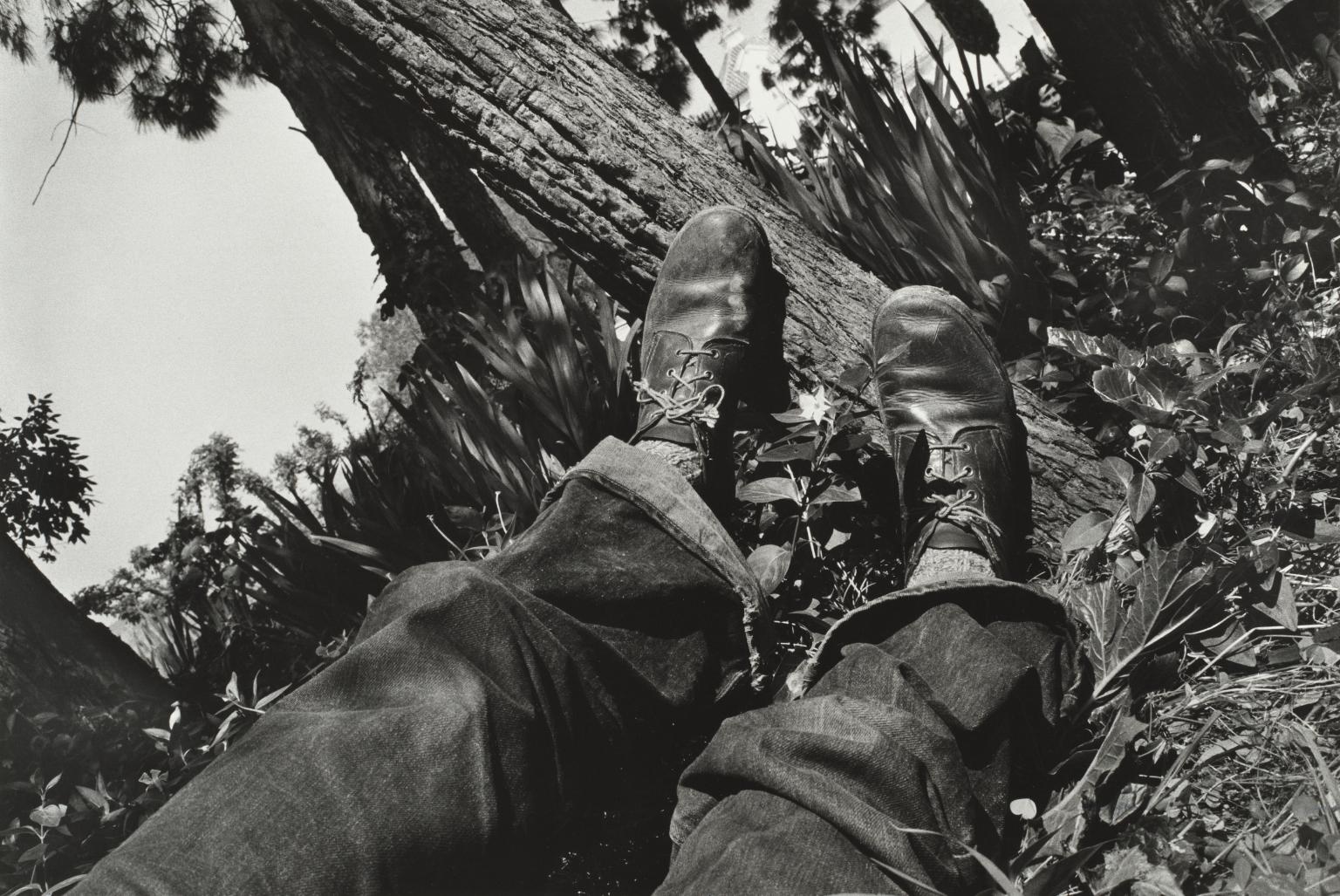
Josef Koudelka, Spain 1975
This work is from Josef Koudelka’s Exiles, a series of black and white photographs taken primarily during the 1970s while Koudelka was based in the United Kingdom. After leaving Czechoslovakia and being granted asylum to stay in Britain in 1970, Koudelka travelled and photographed continuously, domestically and in Europe (Portugal, Spain, France, Ireland, Germany and Switzerland), adopting a routine of following annual folk festivals from early spring to late autumn, then printing during the winter months in London. He commented on the condition of being in exile:
5/21
artworks in Joel Meyerowitz
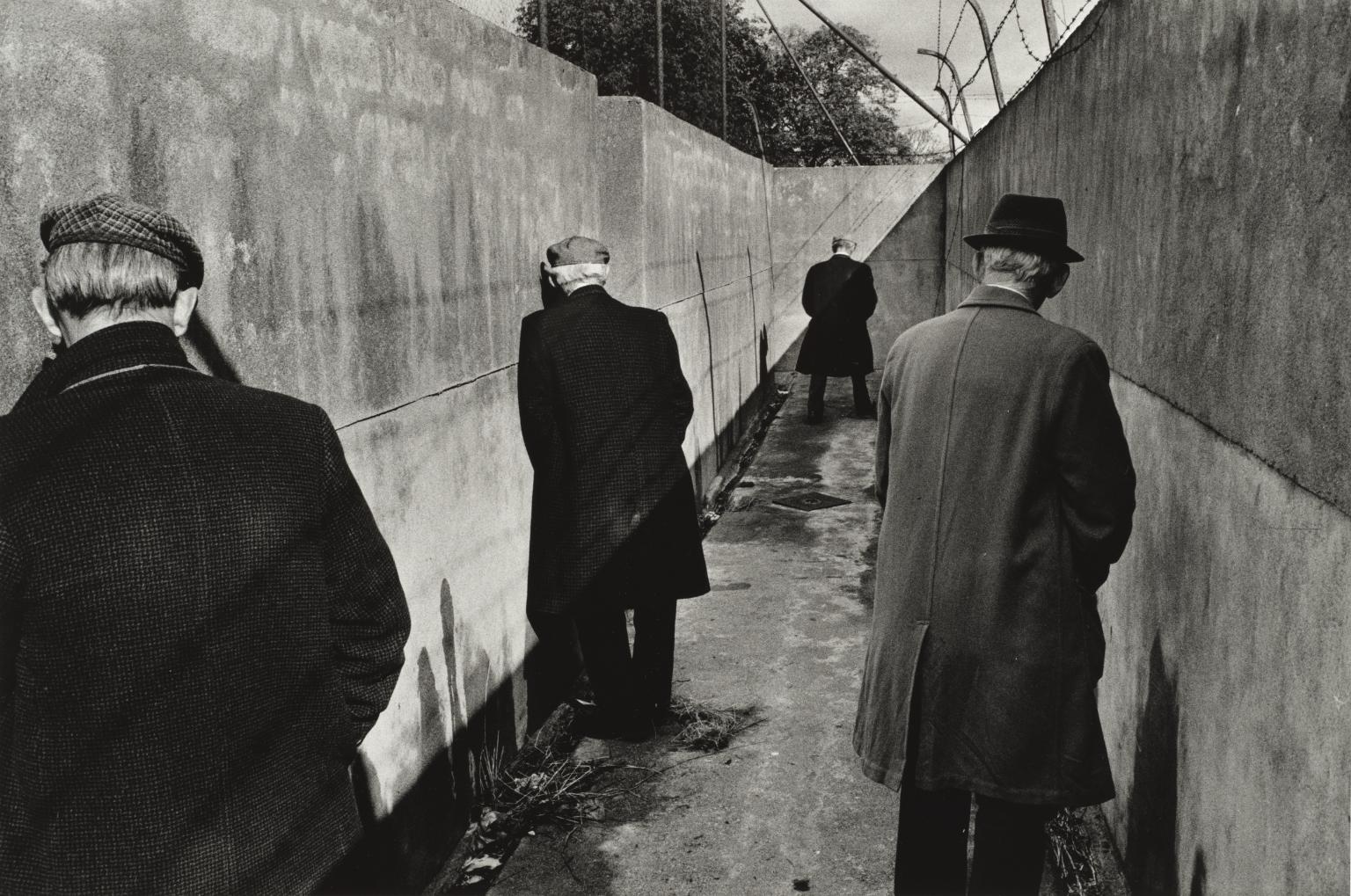
Josef Koudelka, Ireland 1976
This work is from Josef Koudelka’s Exiles, a series of black and white photographs taken primarily during the 1970s while Koudelka was based in the United Kingdom. After leaving Czechoslovakia and being granted asylum to stay in Britain in 1970, Koudelka travelled and photographed continuously, domestically and in Europe (Portugal, Spain, France, Ireland, Germany and Switzerland), adopting a routine of following annual folk festivals from early spring to late autumn, then printing during the winter months in London. He commented on the condition of being in exile:
6/21
artworks in Joel Meyerowitz
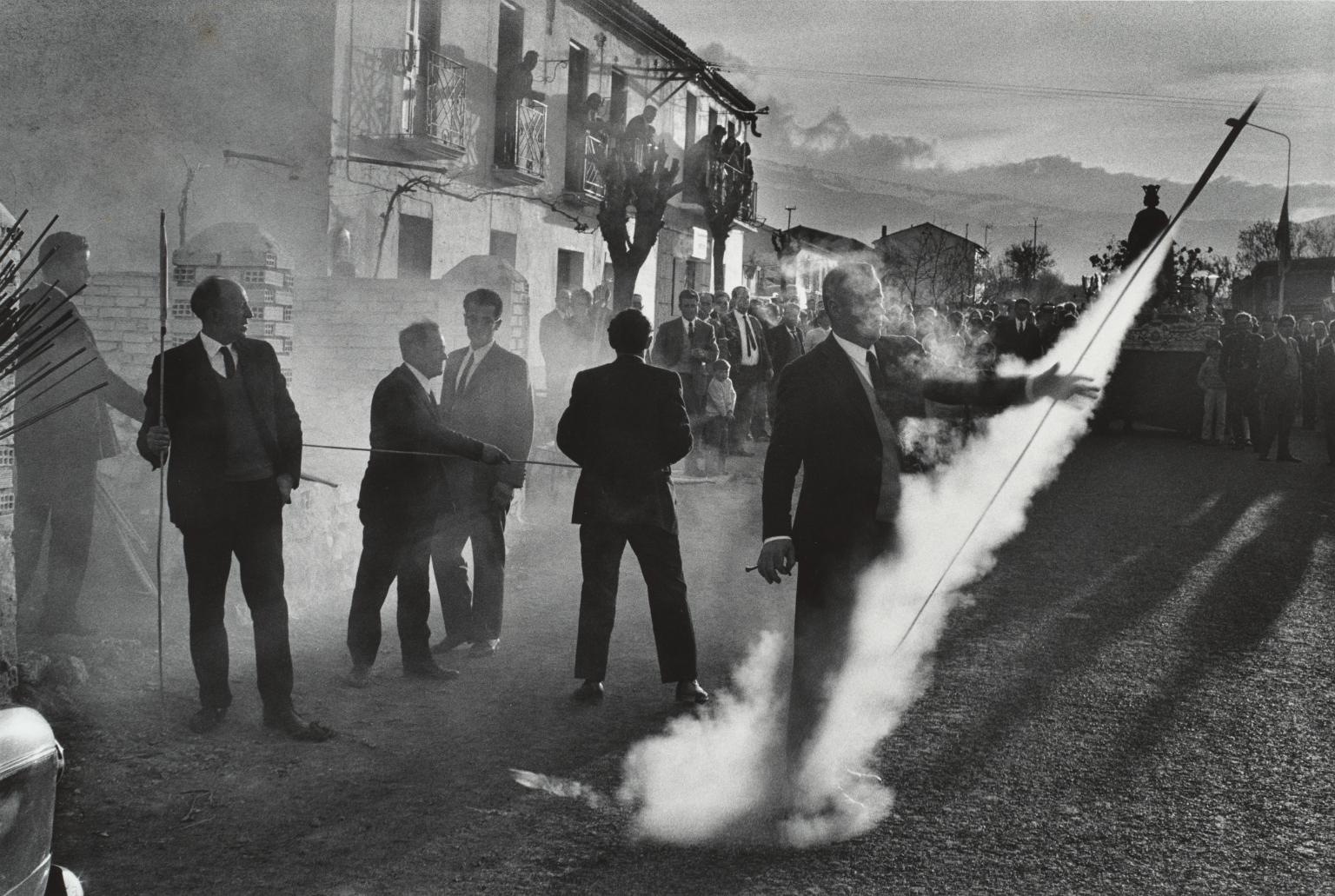
Josef Koudelka, Spain 1971
In Exiles, Josef Koudelka documents his travels across Europe after fleeing Czechoslovakia in 1970. He remained stateless until 1987 when he received French citizenship. This time in his life was characterised by a desire for freedom and a constant state of restlessness. According to Koudelka, he never stayed anywhere longer than three months. Exiles reflects his sense of displacement and discovery of both himself and his surroundings. His photographs of desolate landscapes, abandoned urban scenes and solitary moments show his understanding of complex composition and tone.
Gallery label, March 2025
7/21
artworks in Joel Meyerowitz
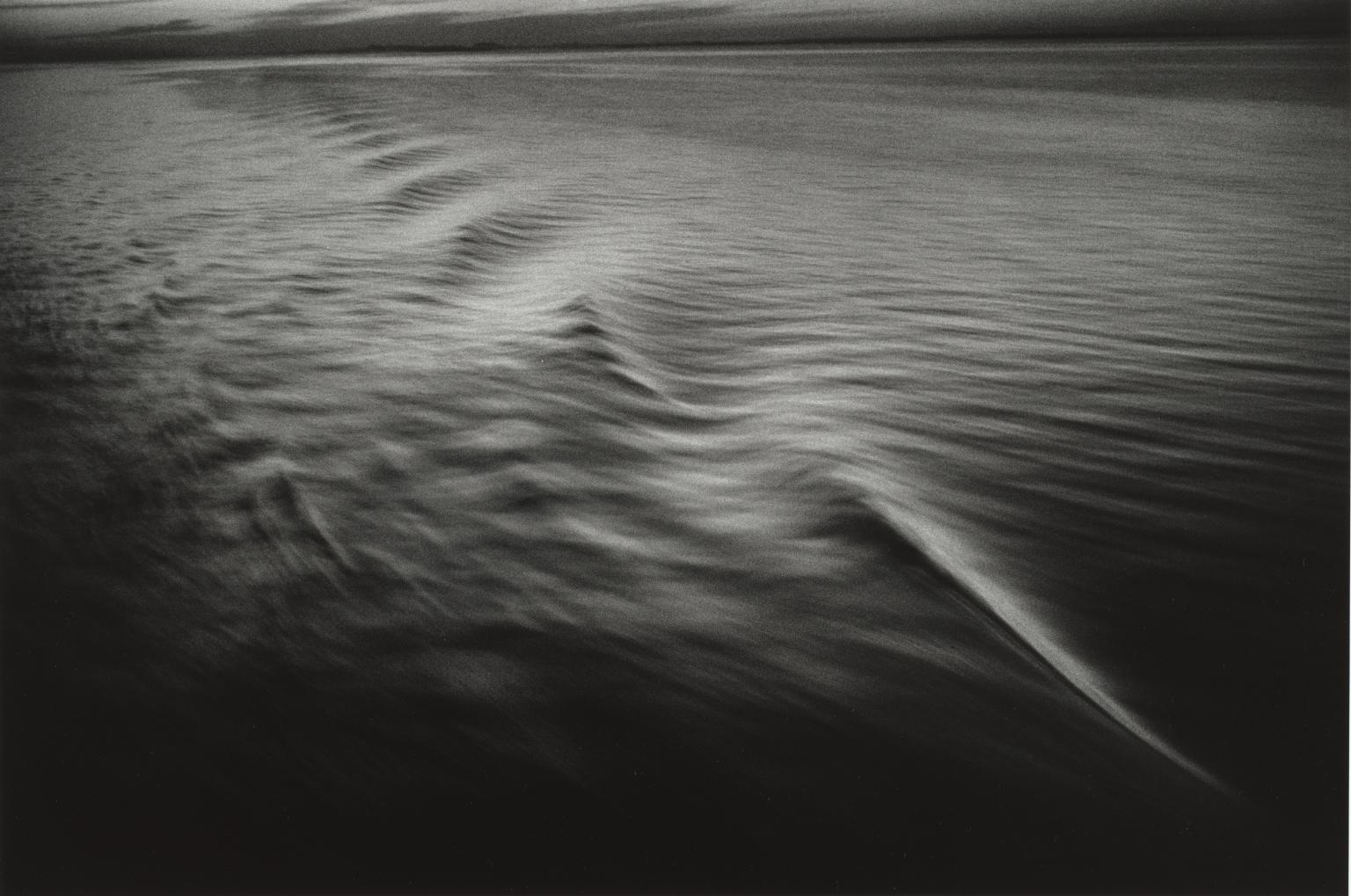
Josef Koudelka, Ireland 1977
In Exiles, Josef Koudelka documents his travels across Europe after fleeing Czechoslovakia in 1970. He remained stateless until 1987 when he received French citizenship. This time in his life was characterised by a desire for freedom and a constant state of restlessness. According to Koudelka, he never stayed anywhere longer than three months. Exiles reflects his sense of displacement and discovery of both himself and his surroundings. His photographs of desolate landscapes, abandoned urban scenes and solitary moments show his understanding of complex composition and tone.
Gallery label, March 2025
8/21
artworks in Joel Meyerowitz
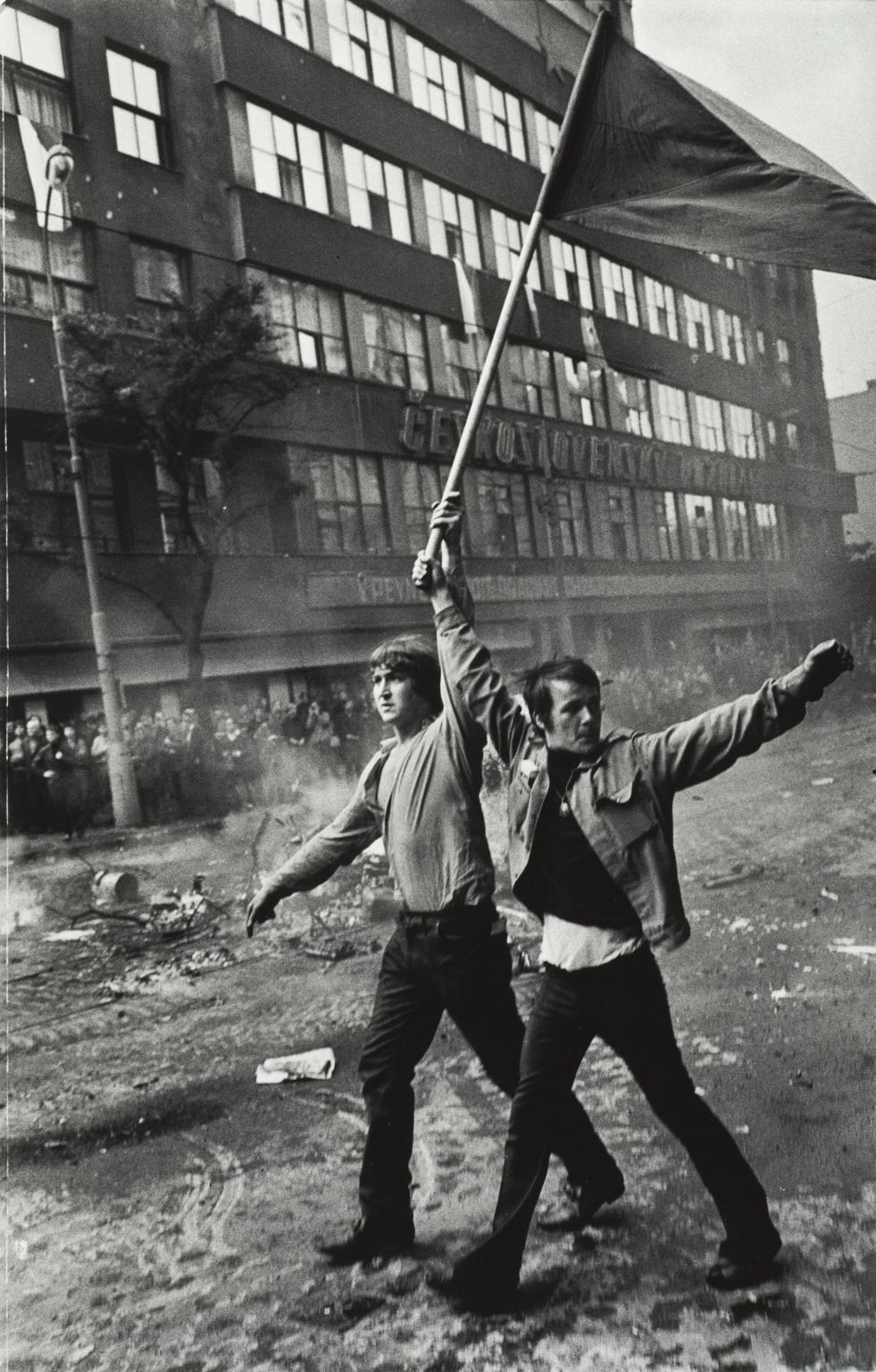
Josef Koudelka, Defending the Czechoslovak Radio Building, Prague, August 1968 1968, printed 1970s
‘The Russian invasion of Czechoslovakia in August 1968 concerned my life directly. It was my country. I took these photographs for myself, not for a magazine. It was only by chance that they were published. I wasn’t a reporter. I had never photographed anything that you would call ‘news’. Suddenly, for the first time in my life, I was confronted with that kind of situation. I responded to it. I knew it was important to photograph, so I photographed.’
Taken with remarkable proximity, Josef Koudelka’s photographs were first shown to the international public the following year. For his safety, they were credited to ‘an unknown photographer’.
Gallery label, March 2025
9/21
artworks in Joel Meyerowitz
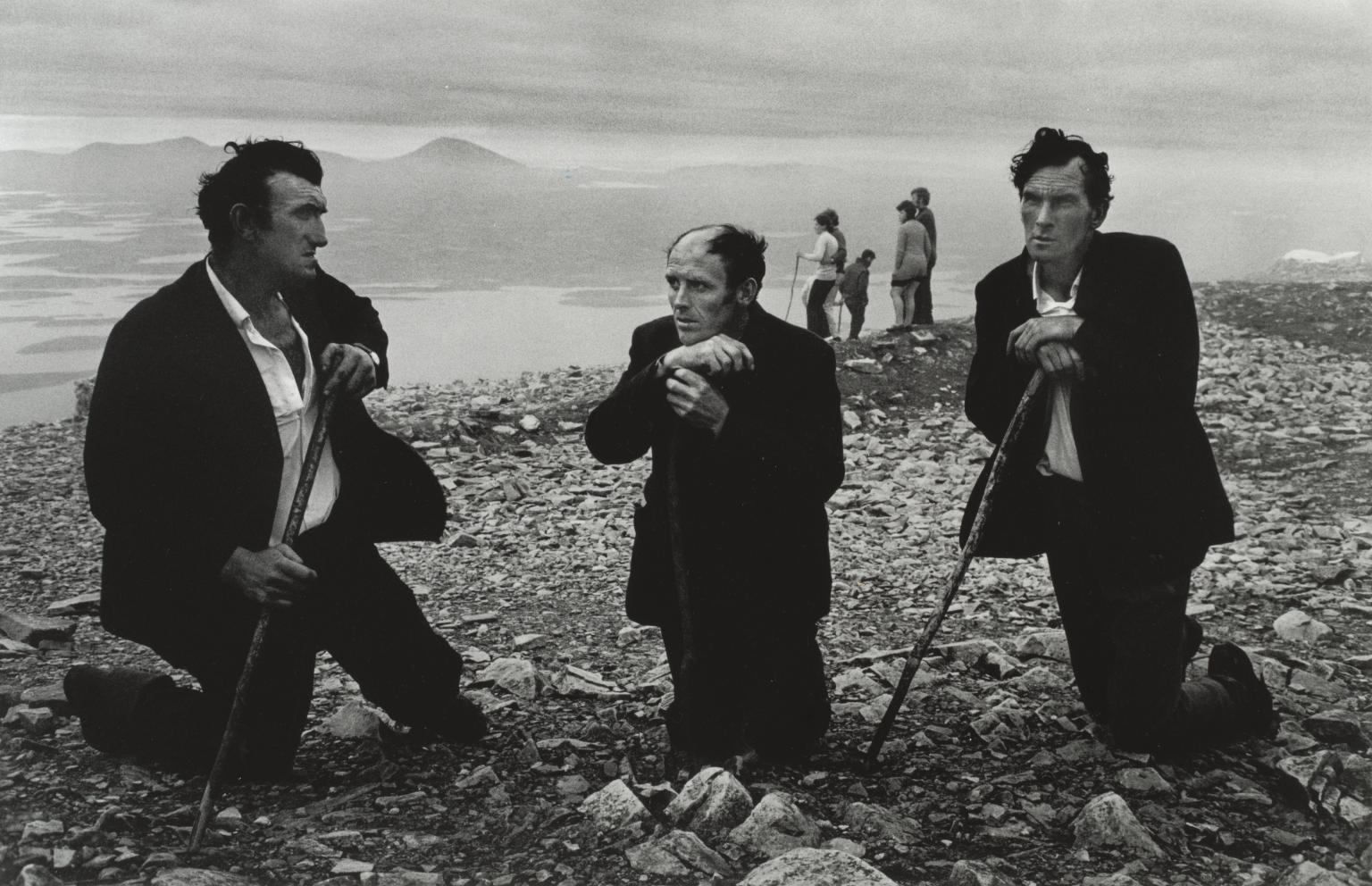
Josef Koudelka, Ireland 1972
This work is from Josef Koudelka’s Exiles, a series of black and white photographs taken primarily during the 1970s while Koudelka was based in the United Kingdom. After leaving Czechoslovakia and being granted asylum to stay in Britain in 1970, Koudelka travelled and photographed continuously, domestically and in Europe (Portugal, Spain, France, Ireland, Germany and Switzerland), adopting a routine of following annual folk festivals from early spring to late autumn, then printing during the winter months in London. He commented on the condition of being in exile:
10/21
artworks in Joel Meyerowitz
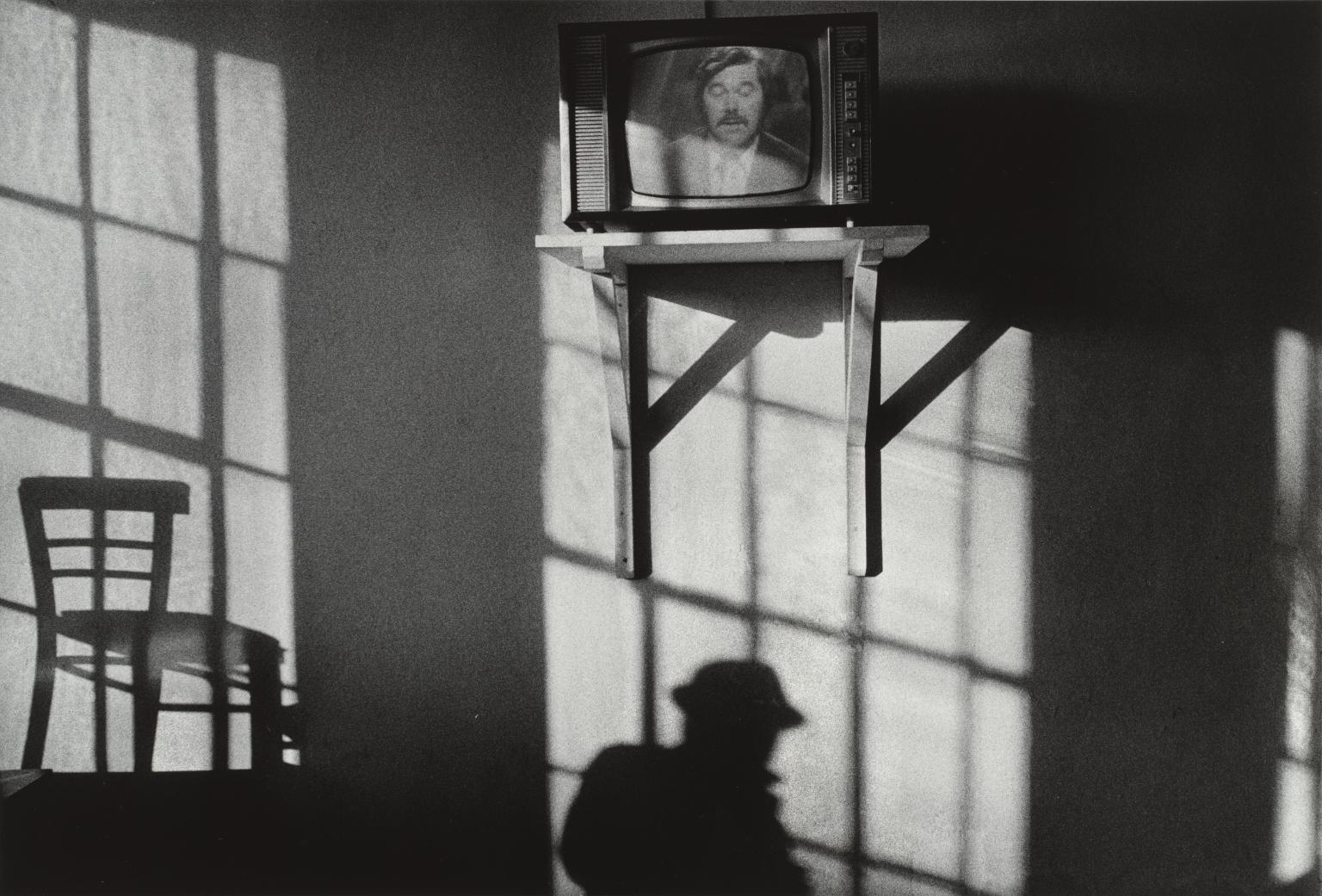
Josef Koudelka, Wales 1974
11/21
artworks in Joel Meyerowitz
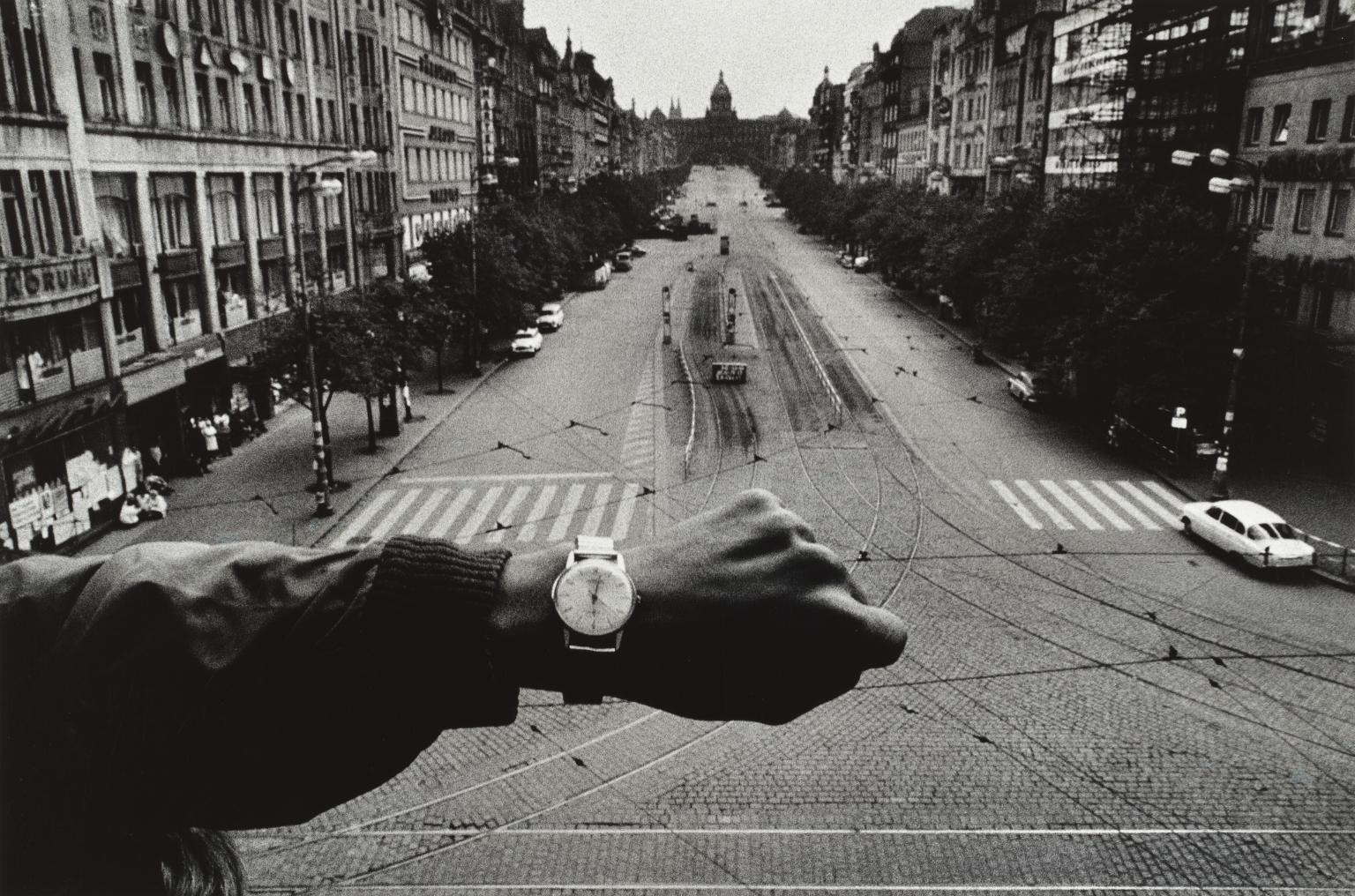
Josef Koudelka, On 22 and 23 August, Wenceslas Square was Cleared of People, August 1968 1968, printed 1970s
This image of an arm held up against Prague’s Wenceslas Square has become Josef Koudelka’s most iconic photograph. The usually bustling square is eerily quiet. For a long time, Koudelka thought he had taken the photograph at 6pm. This would have been proof the Czechoslovakian people had not fallen for a Soviet ruse to attend an evening protest and given the soldiers an excuse to attack. Years later, however, he realised the watch read 12 noon when the square had also been cleared.
Gallery label, March 2025
12/21
artworks in Joel Meyerowitz
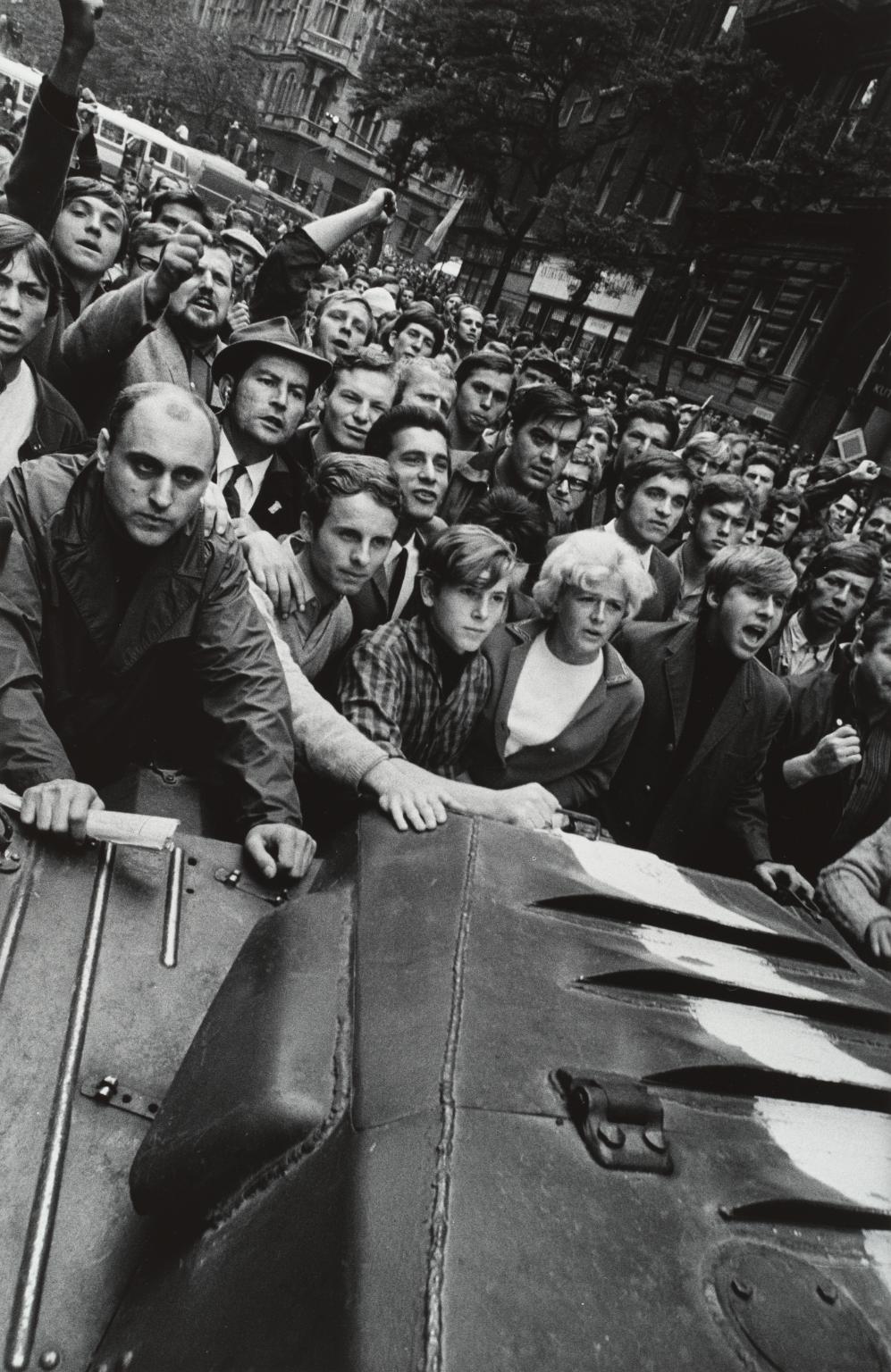
Josef Koudelka, Czechoslovakia, Prague, August 21st, 1968. Warsaw Pact tanks invade Prague, near the Radio headquarters, crowds push back the first tank 1968
‘The Russian invasion of Czechoslovakia in August 1968 concerned my life directly. It was my country. I took these photographs for myself, not for a magazine. It was only by chance that they were published. I wasn’t a reporter. I had never photographed anything that you would call ‘news’. Suddenly, for the first time in my life, I was confronted with that kind of situation. I responded to it. I knew it was important to photograph, so I photographed.’
Taken with remarkable proximity, Josef Koudelka’s photographs were first shown to the international public the following year. For his safety, they were credited to ‘an unknown photographer’.
Gallery label, March 2025
13/21
artworks in Joel Meyerowitz
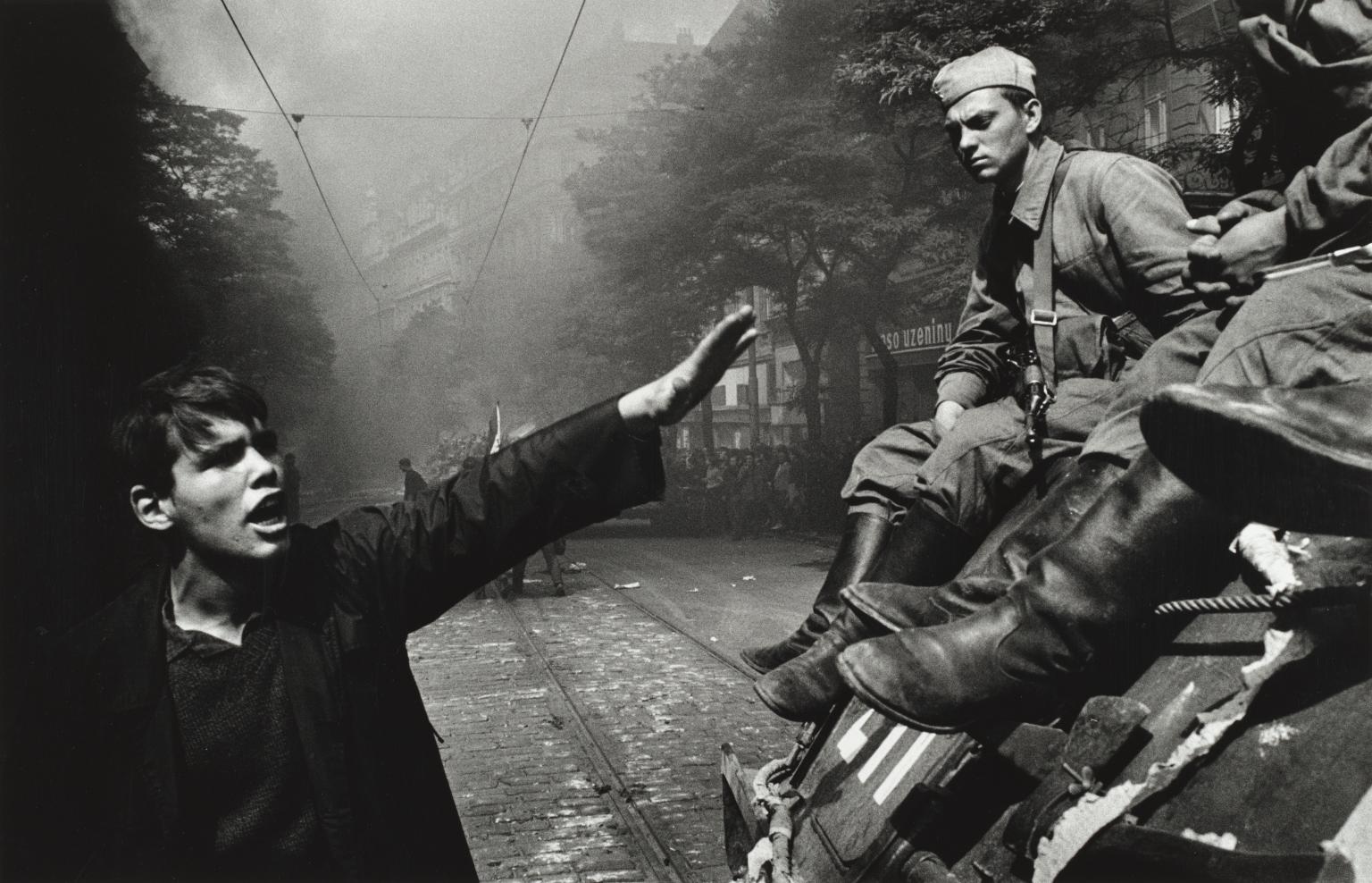
Josef Koudelka, At the Czechoslovak Radio Building, Vinohradská Avenue, Prague, August 1968 1968, printed 1970s
‘The Russian invasion of Czechoslovakia in August 1968 concerned my life directly. It was my country. I took these photographs for myself, not for a magazine. It was only by chance that they were published. I wasn’t a reporter. I had never photographed anything that you would call ‘news’. Suddenly, for the first time in my life, I was confronted with that kind of situation. I responded to it. I knew it was important to photograph, so I photographed.’
Taken with remarkable proximity, Josef Koudelka’s photographs were first shown to the international public the following year. For his safety, they were credited to ‘an unknown photographer’.
Gallery label, March 2025
14/21
artworks in Joel Meyerowitz
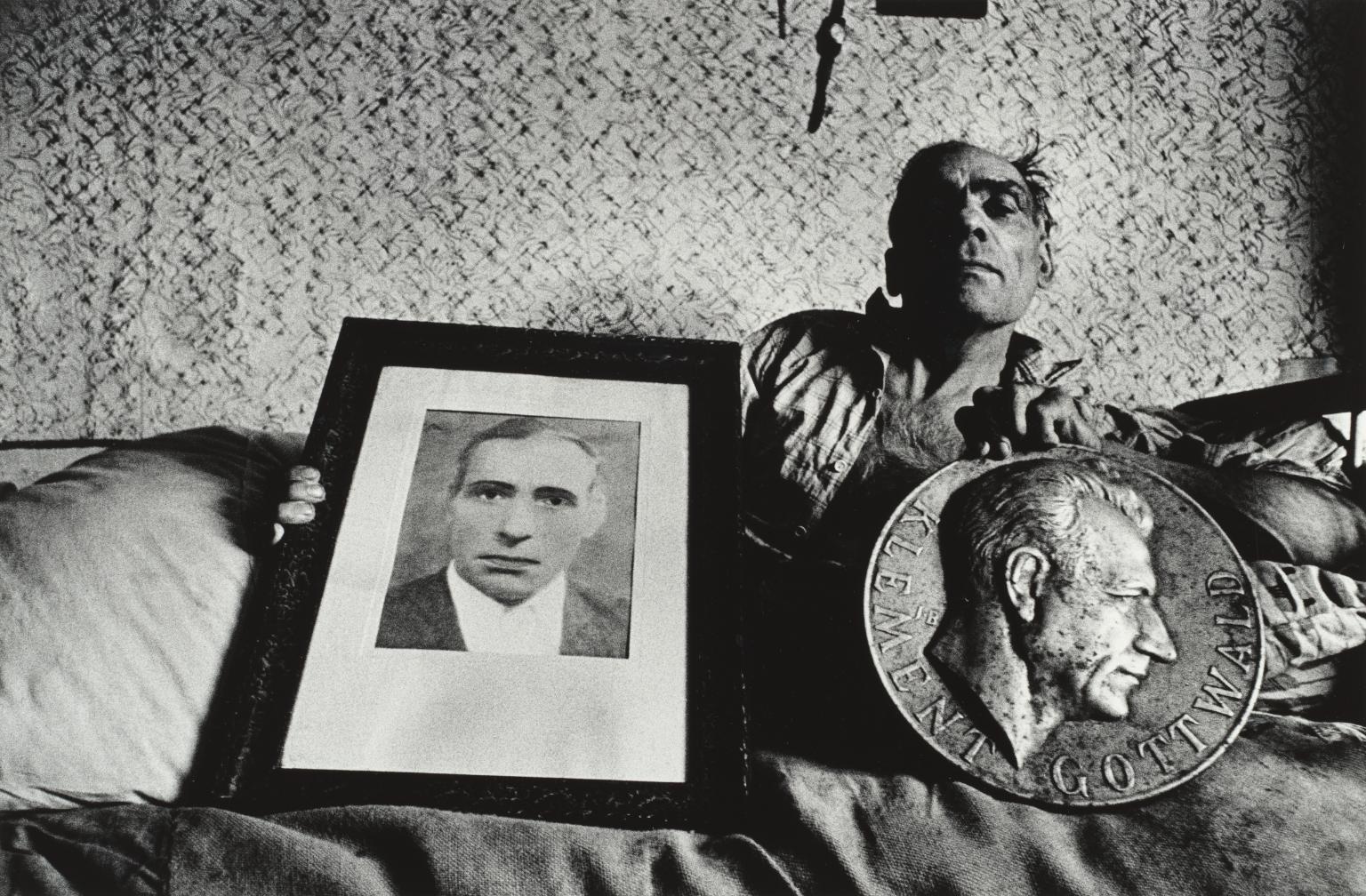
Josef Koudelka, Czechoslovakia, Slovakia, Rakasy 1966
15/21
artworks in Joel Meyerowitz

Josef Koudelka, Romania 1968
Josef Koudelka’s first photography series, Gypsies, captures the daily lives of Roma communities in Bohemia, Moravia and Slovakia (then Czechoslovakia), as well as Hungary, France, Romania and Spain. The series documents a period of post-war upheaval when Roma people were undergoing forced integration and persecution across Europe. Using a 25mm wide-angle lens, Koudelka was able to immerse himself in intimate settings and small spaces. Known as ‘Ikonar’ (maker of icons) by some of the communities he worked with, he captured Roma traditions, struggles and resilience in striking compositions.
Gallery label, March 2025
16/21
artworks in Joel Meyerowitz
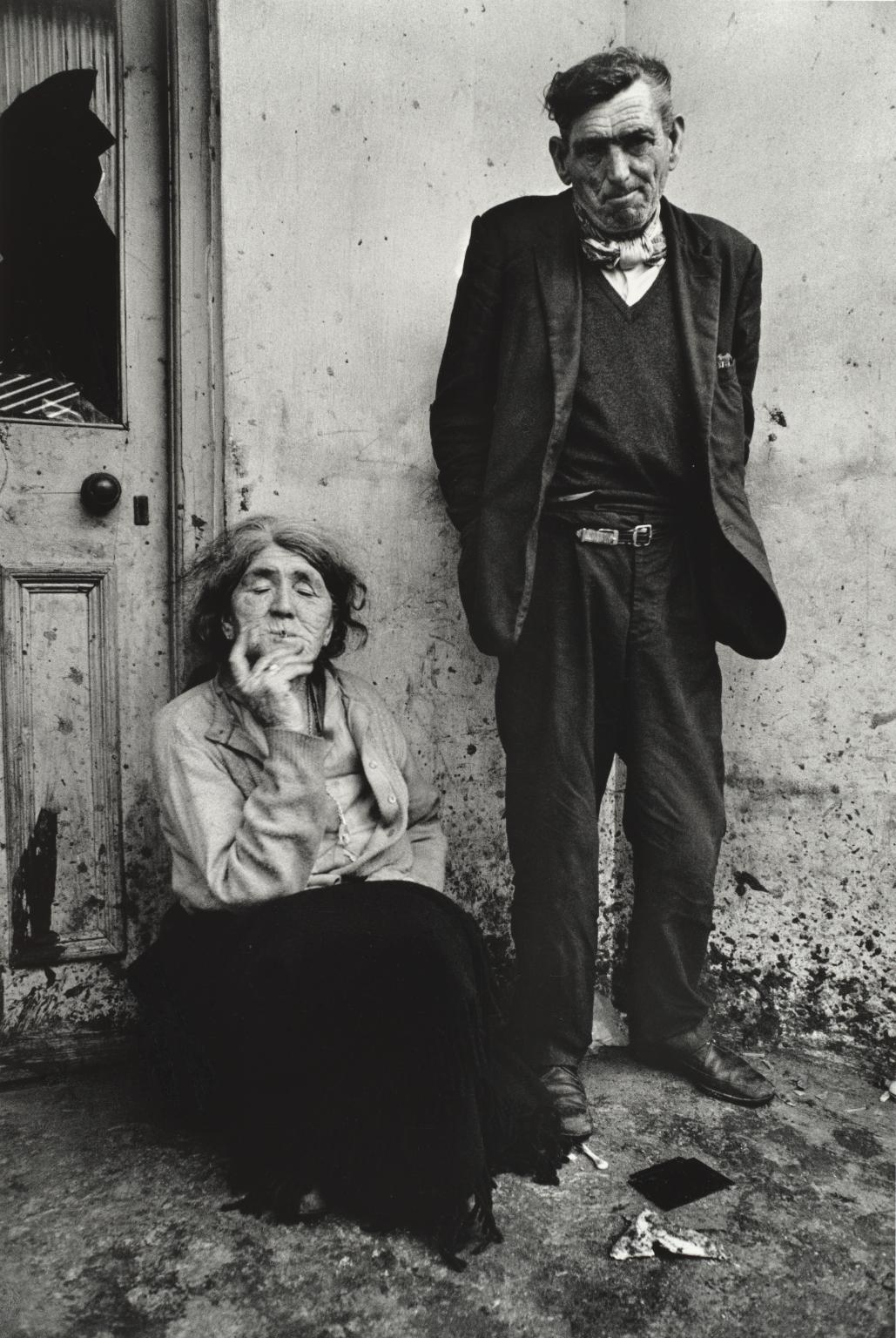
Josef Koudelka, Ireland 1970
Josef Koudelka’s first photography series, Gypsies, captures the daily lives of Roma communities in Bohemia, Moravia and Slovakia (then Czechoslovakia), as well as Hungary, France, Romania and Spain. The series documents a period of post-war upheaval when Roma people were undergoing forced integration and persecution across Europe. Using a 25mm wide-angle lens, Koudelka was able to immerse himself in intimate settings and small spaces. Known as ‘Ikonar’ (maker of icons) by some of the communities he worked with, he captured Roma traditions, struggles and resilience in striking compositions.
Gallery label, March 2025
17/21
artworks in Joel Meyerowitz
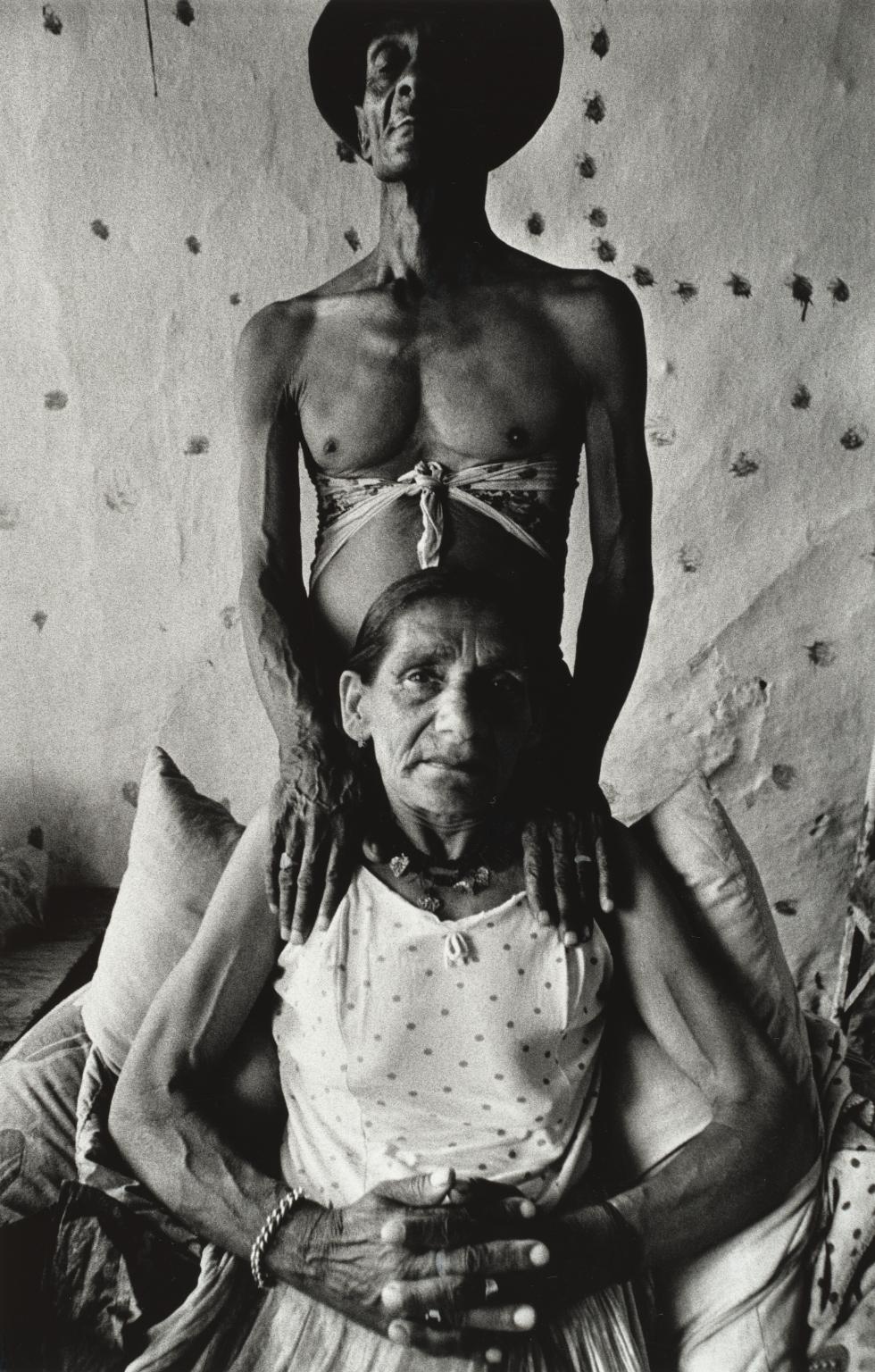
Josef Koudelka, Czechoslovakia, Slovakia, Zehra 1967
Josef Koudelka’s first photography series, Gypsies, captures the daily lives of Roma communities in Bohemia, Moravia and Slovakia (then Czechoslovakia), as well as Hungary, France, Romania and Spain. The series documents a period of post-war upheaval when Roma people were undergoing forced integration and persecution across Europe. Using a 25mm wide-angle lens, Koudelka was able to immerse himself in intimate settings and small spaces. Known as ‘Ikonar’ (maker of icons) by some of the communities he worked with, he captured Roma traditions, struggles and resilience in striking compositions.
Gallery label, March 2025
18/21
artworks in Joel Meyerowitz
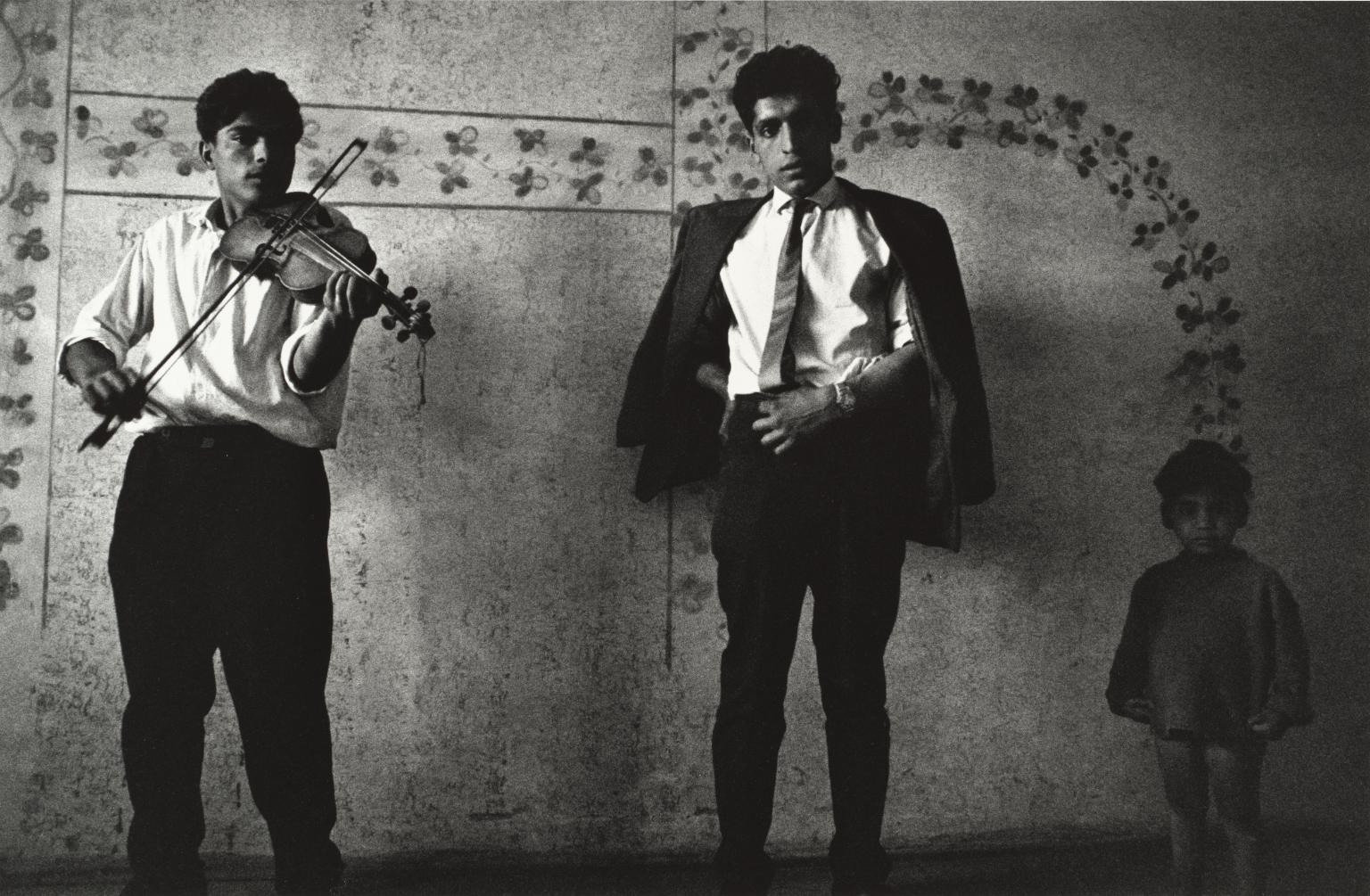
Josef Koudelka, Czechoslovakia, Slovakia, Kendice 1966
19/21
artworks in Joel Meyerowitz
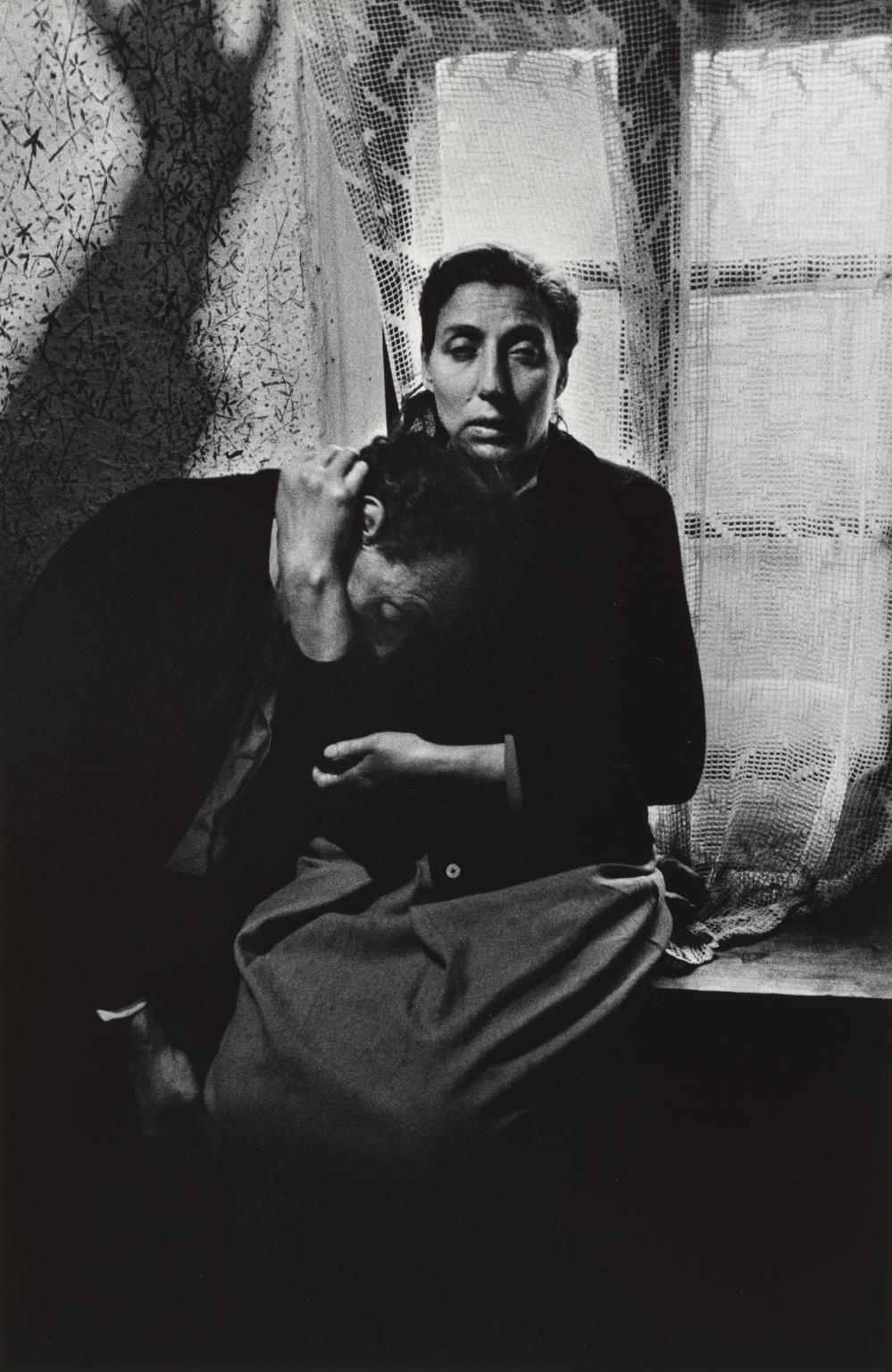
Josef Koudelka, Czechoslovakia, Slovakia, Klenovec 1967
Josef Koudelka’s first photography series, Gypsies, captures the daily lives of Roma communities in Bohemia, Moravia and Slovakia (then Czechoslovakia), as well as Hungary, France, Romania and Spain. The series documents a period of post-war upheaval when Roma people were undergoing forced integration and persecution across Europe. Using a 25mm wide-angle lens, Koudelka was able to immerse himself in intimate settings and small spaces. Known as ‘Ikonar’ (maker of icons) by some of the communities he worked with, he captured Roma traditions, struggles and resilience in striking compositions.
Gallery label, March 2025
20/21
artworks in Joel Meyerowitz
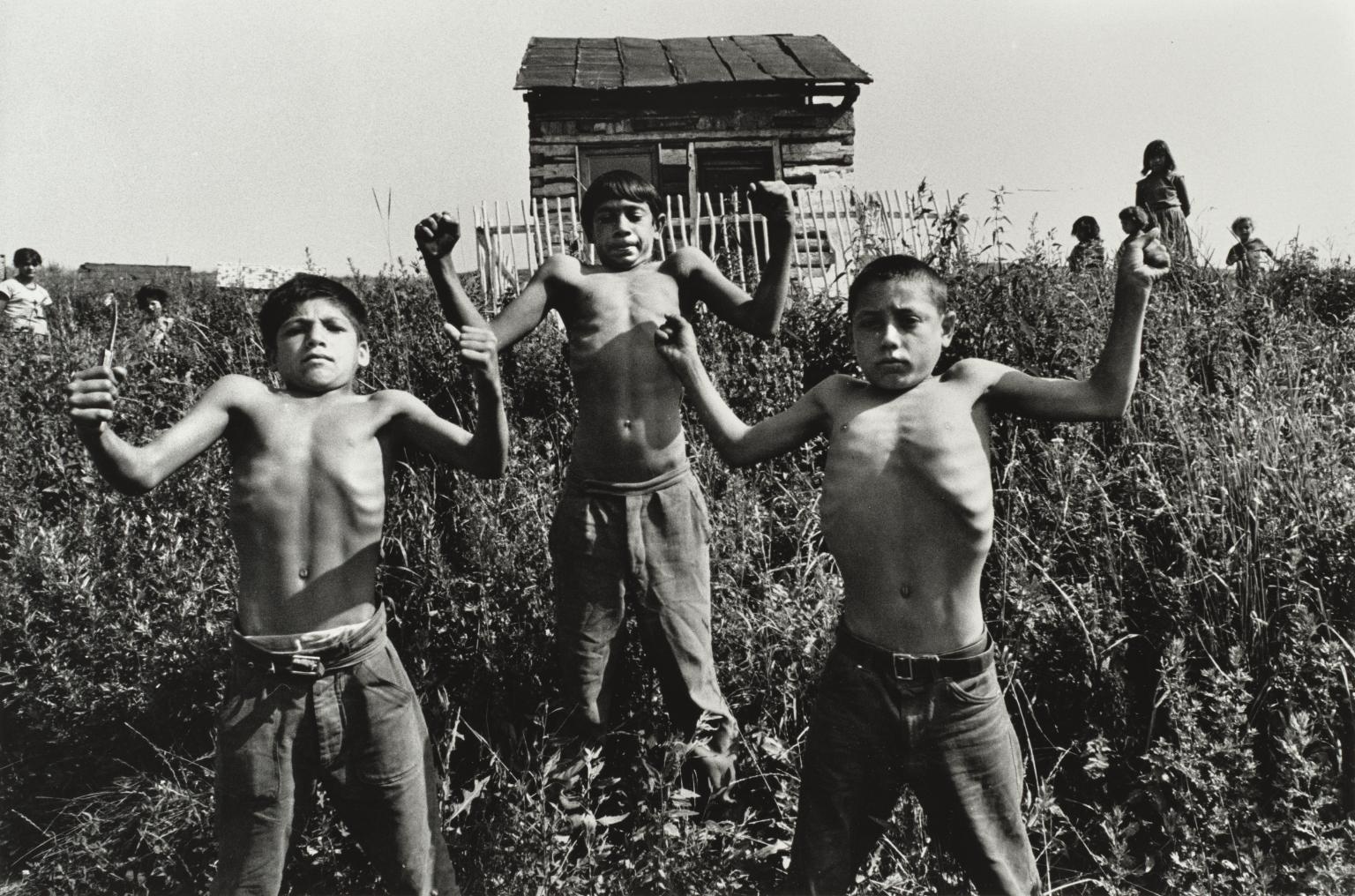
Josef Koudelka, Czechoslovakia, Slovakia, Zehra 1967
Josef Koudelka’s first photography series, Gypsies, captures the daily lives of Roma communities in Bohemia, Moravia and Slovakia (then Czechoslovakia), as well as Hungary, France, Romania and Spain. The series documents a period of post-war upheaval when Roma people were undergoing forced integration and persecution across Europe. Using a 25mm wide-angle lens, Koudelka was able to immerse himself in intimate settings and small spaces. Known as ‘Ikonar’ (maker of icons) by some of the communities he worked with, he captured Roma traditions, struggles and resilience in striking compositions.
Gallery label, March 2025
21/21
artworks in Joel Meyerowitz
Art in this room





















You've viewed 6/21 artworks
You've viewed 21/21 artworks
